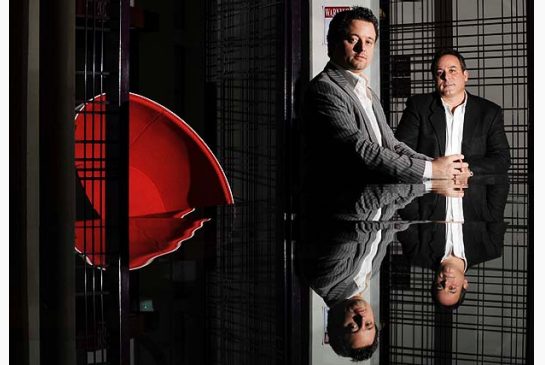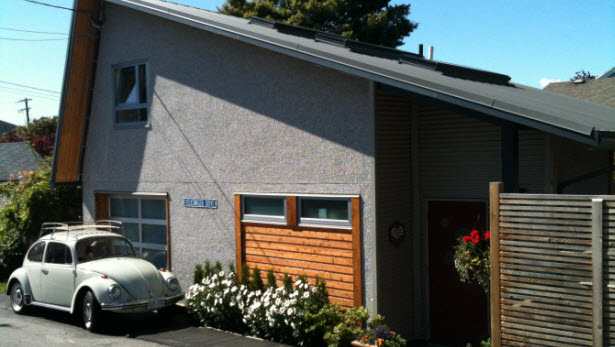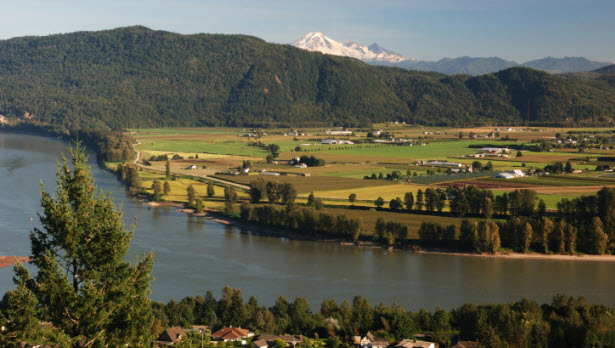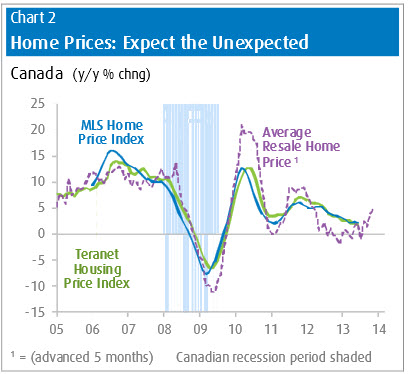Ryan Starr
Other

John Mehlenbacher, co-founder of The Condo Store, settles into a low-back mesh chair at his company’s Liberty Village head office and offers up a frank assessment of the state of Toronto’s real estate market: AARON HARRIS FOR THE TORONTO STAR
John Mehlenbacher, co-founder of The Condo Store, settles into a low-back mesh chair at his company’s Liberty Village head office and offers up a frank assessment of the state of Toronto’s real estate market:
“We’re 12 years into a seven-year cycle.”
Things have been so good for so long, he says, that his competitors in the condominium sales business have simply grown complacent.
“There are many brokers here who have sold for a long time and they’ve done well doing the same thing they did 20 years ago.
“We think the industry needs a shot in the arm.”
Mehlenbacher, who runs the Condo Store’s brokerage, is part of a trio that includes Mark Cohen, head of the company’s marketing side, and Simon Mass, who looks after the firm’s cash cow: bulk sales.
The three have years of experience working alongside many of Toronto’s top big-name developers on a variety of residential projects across the city.
With the Condo Store, they’ve created an all-purpose sales and marketing operation that they believe is well-positioned to dominate a new era in Toronto real estate.
“There’s a need for people who can think outside the box; who aren’t just doing the same tried, tested and true thing,” Mehlenbacher says.
Cohen concurs.
“I think there’s generally a lack of innovation when times are good,” he says. “Two years ago the world was different. People today don’t want to be sold, but they still like to buy.”
Prior to launching the Condo Store, Mehlenbacher worked as a sales manager for Concord Adex Developments, developer of CityPlace, Toronto’s largest master-planned community. The experience taught him valuable lessons, particularly about the importance of market intelligence.
“When you’ve worked for a corporation that spends a million dollars a year in research and development on land and land-tracking, you still have that mentality when you start your own business,” he says.
Accordingly, the Condo Store invests heavily in research, gathering pertinent information about the areas they’re targeting in order to create tailor-made sales and marketing strategies that will hit the mark.
“We have massive market intelligence,” Mehlenbacher says. “We know what everything is selling for in resale, what’s in the zoning application stage over the next five years, what’s coming, what’s going, what’s hot and what isn’t.”
“That’s our biggest leg up on everyone else,” he adds. “A lot of people say they know what’s happening in the market, but you sit and talk to them for a few minutes and realize they don’t know anything.”
3 companies under banner
Three companies operate under the Condo Store banner.
There is the brokerage, as well as a bulk sales division, run by Mass, which buys up blocks of condos and sells them at a discount to a large network of Canadian and international investors.
The Condo Store’s marketing arm is led by Cohen, a former executive with Bramalea Ltd., Menkes Developments, Concord Adex Developments and Tribute Communities.
The company traces its origins to 1997, when Mehlenbacher and Mass first crossed paths.
At the time Mehlenbacher was working for Concord on CityPlace.
Mass, who grew up in the UK, had moved to Toronto and was brokering bulk deals on pre-construction condos for a sizeable network of international investors, primarily from London and Dubai, cities where he had lived and worked.
While bulk sales were common practice in those markets, Mass says they weren’t in Canada.
“I shopped around and found there was no such thing. When I met John and suggested it for CityPlace, told them that I wanted to buy 50 or 60 units, they didn’t know what I was talking about.
“They figured maybe I wanted to get two units for myself at a better price and was just lying to see what kind of deal I could get.”
Mehlenbacher saw the wisdom of Mass’s ways and they joined forces.
“I knew a lot of the local developers, Simon had a lot of buyers, so it made sense for us to work together,” Mehlenbacher says.
The duo proved effective at racking up the sales, averaging as many as 1,200 condo deals a year.
But they found their operation lacked the resources to care for clients after the deals were done. They needed in-house property managers, leasing specialists and resale agents to help investors flip their properties. This led to the launch of the Condo Store’s boutique brokerage in 2006.
Bulk sales continue to be the company’s bread and butter, accounting for more than 1,000 deals a year (2009 numbers won’t be as good, though, they acknowledge).
“Our strength is that we have the ability to put together 50 to 70 deals in 10 days,” Mehlenbacher says.
Handles lowrise and highrise
As he and Mass built the company, they constantly heard from developers who were unhappy with the people handling their sales and marketing. Recognizing the opportunity, they recruited former colleague Mark Cohen (who also worked on CityPlace) to head up the new Condo Store Marketing Systems. Despite what its name suggests, the Condo Store does a fair amount of sales and marketing for lowrise residential developments, too.
Cohen’s team is working on a number of projects for Brookfield Homes across the GTA and beyond, including The Village (Niagara-on-the-Lake), Grand Valley Trails (Brantford), Grand Central (Bradford) and Hills of Harrowsmith (Oshawa). They are also handling the marketing strategy for Northglen, a 2,500-home project in Bowmanville.
The Condo Store is also involved with several Toronto highrise developments set to launch in the next year: one in the Beach, one near the Art Gallery of Ontario and another in the entertainment district. (Cohen declined to be specific, given that the projects haven’t been officially launched.)
Ideally, Cohen says, his marketing team can help guide the design of projects from the get-go, working with architects to decide on the type of building, size of units and how much they should sell for.
“If we can get involved in the design development, it allows us to sell the community properly and to put our thumbprint on things,” he says. “We get to influence what the product should be and hence what the game plan to sell it will be.”
But his team can also carry out what he calls “SWAT” missions, rescuing a project that’s struggling.
“If we can jump into something that might not have been launched the right way, that really turns our crank,” Cohen says.
Having a host of additional real estate services under one roof can often create lucrative synergies for the Condo Store. Say a worried developer wants to quickly sell off a big chunk of inventory, for example – the company has the resources at hand to make it happen.
“If a developer is getting ready to do a big launch and they get nervous, thinking maybe they didn’t price it properly, we have the ability to say, `If you want we’ll sell 30 per cent of it in the next 10 days,'” Mehlenbacher says.
Condo Store partner Simon Mass specializes in the bulk sales of condos, encouraging clients from around the world to invest in Toronto real estate.
What’s TO’s appeal to international buyers?
“I think the magic word is ‘safe,'” Mass says. “After the global meltdown people are looking for safety.”
“There aren’t a lot of developers in Canada who had unusual or skeptical programs in play like in other countries and the banking was always strict.”
Mass notes that Toronto bucked global trends with home resale values that have actually increased during the recession.
“Toronto’s pricing right now is higher than it was last year at this time,” Mass says.
Unfortunately, other Canadian cities didn’t fare as well.
“If you’d been a pre-construction condo investor and you’d bought in Calgary or Edmonton, you’d have gotten hurt quite badly.”
Does the flood of international investment into Toronto mean it’s become the global city it fancies itself?
“Of course,” Mass says. “I think (Torontonians) have a gem here but they just don’t know it.
“They need to add some sizzle; they need to make it a bit sexy and they’re not. They’re very conservative.”
© Copyright Toronto Star Newspapers Ltd.






















